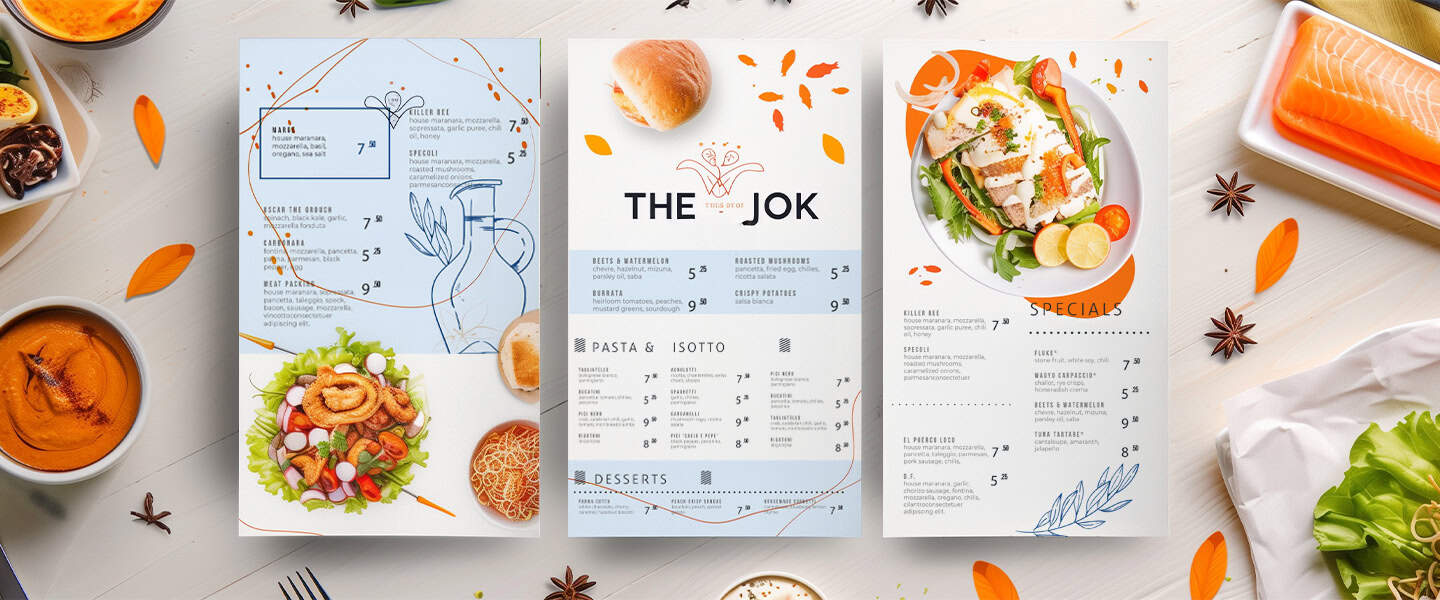How to Properly Store Produce to Prevent Food Waste
[ad_1]
It’s Friday night and you’ve returned home after a long workday. Upon entering the kitchen, you open doors to reveal familiar chilly air along with unwelcome odors. Rummaging through piles of produce and packages, you find the culprit: avocados and slimy greens. The problem is, you can’t even remember the last time you bought avocados or that kind of kale.
We’ve all been there: even when we desire to eat a whole foods diet, we either go overboard and buy more than we can eat before it goes bad or lose out on shelf life through poor food storage.
According to the USDA, each year an average family of four spends approximately $1,500 on uneaten food. In fact, one-third of all food in the United States goes uneaten. With rising food prices, every bite of broccoli counts.
Making sure food goes to our bellies rather than landfills also can reduce our carbon footprint in reducing the emission of greenhouse gasses. In a 2018 study by the EPA food was the largest component (approximately 24%) of 146.1 million tons of Municipal Solid Waste Landfills.
So how do we prevent waste? Much comes down to how we choose and store food.
Choosing and Cooking Our Produce
Let’s revisit the Friday night scenario. Planning meals ahead of time and making a detailed shopping list would have made a purchase of an avocado or leafy greens with a purpose in mind – making it much less likely for them to sit in the bottom of a fridge to rot, thereby preventing food waste. “Shop your own space before heading to the market,” says Chef Tracy Spalding, the lead chef instructor for the Natural Food Chef program. “In planning menus, take into account what you already have.” She says that teachers of the Natural Foods program use these principles when preparing for classes to prevent food waste.
If you don’t like planning or aren’t able to, you can also choose to shop more often and only purchase what you need. “When I get home, I put everything straight in the fridge unless I make the time to cut up vegetables and fruit for snacking over the following few days,” says Chef Jacqui Gabel, from NTI’s Natural Food Chef program. “When I can see food as soon as I open the fridge, I’m more likely to use it. I’ll stick a bunch of asparagus upright in a glass of water so that I can see it and be reminded to cook it.”
When buying produce in bulk (such as a bag of avocados), consider placing unripe avocados in the refrigerator to delay the ripening process while using the riper avocados, then bringing out the refrigerated ones to ripen once the other avocados are used. You can even freeze avocados mashed or whole in a pinch.
More ripe fruits and vegetables can be easily blended into smoothies or cooked into soups.
Chef Tracy makes stir-fry, frittatas, scrambles, and even pizzas to use up produce.
“This morning I’m making a frittata and using up red onion, snap peas, red cabbage, a Fresno chili I had forgotten about, and some sweet peppers. There is a little bit of dill that is looking sad that I’ll throw in too,” she said.
Students in the Natural Food Chef program are encouraged to prevent food waste by incorporating leftovers into daily recipes, as well as composting food scraps.
“[The students] enjoy this because they get to think outside the box and see something beautiful come together from raw materials that might otherwise have gone to waste,” said Chef Jacqui.
Where to Place Produce
Similar to humans, each food has its particular shelf life and environmental needs. Chef Tracy says the best foods to place on the counter (to be room temperature) are onions, garlic, squash, potatoes, bananas, tomatoes, and avocados.
Meats and dairy are to be stored in the coldest area of the refrigerator, which typically is the bottom shelves. Since the area where the temperature fluctuates most is the door of the fridge, condiments are best stored there.
“Eggs should be kept in their original packaging, so they are less likely to absorb any odors in the fridge,” Chef Tracy said.
Fruits and vegetables are best kept in separate refrigerator drawers. According to the EPA, vegetables susceptible to wilting like leafy greens are best kept in the high humidity drawer of the fridge. Most fruits as well as mushrooms and peppers are best kept in the low humidity drawer.
Chef Tracy waits to wash her produce until she is just about to eat it, preventing it from molding or becoming too moist.
To protect them from becoming rancid, nuts, seeds, and flours should be refrigerated. Chef Tracy recommends purchasing these products in stores like Natural Grocers which sell them refrigerated to ensure that you’re receiving the freshest products.
Herbs can be stored similarly to how we would keep flowers: refrigerated in a mason jar filled with water, with the stems trimmed and facing down. Chef Tracy places a produce bag over the herbs as well. Another effective way is to store them with their leaves picked in paper towels (or kitchen towels if you want less paper waste), or blanch the basil for 15 seconds, blend it with olive oil, and freeze it in an ice cube mold. Older herbs can also be made into pesto.
When Some Foods Are Better Kept Apart
Similar to humans, there are some foods that are just better kept apart. Why? It has to do with a plant hormone called ethylene gas. This gas causes ripening, and some fruits produce more than others, while some are more sensitive to its effects. To prevent over-ripening, keep fruits and vegetables that produce ethylene gas away from those that are more sensitive to it. Fruits that produce ethylene gas include bananas, pears, stone fruits, avocados, and apples. Onions and potatoes have the same ripening effect on each other, so they’re best kept away from each other in a cold, dark place to prevent food waste.
A Note on the Fridge
To ensure that your food is stored safely, the FDA says to keep your refrigerator at 40 degrees F and your freezer at zero degrees F. If you want a quick reference for how to best keep food safely, you can download the FoodKeeper App from the FDA.

Be a Minimalist: Use Glass
Plastic is a very popular form of packaging and storage. However, it contains harmful chemicals such as phthalates and BPS (a replacement for BPA). Both chemicals act as xenoestrogens, which appear to the body as estrogen and can disrupt our hormones’ communication of important body functions. Glass containers are a safe alternative to storing food without having to worry about toxic chemicals leaching inside. Chef Tracy says she prefers to use glass as well as mason jars not only for the health benefits but also because it’s easier to wash and doesn’t hold food odors as much as plastic.
All About Mindset
When it comes to preventing food waste, Chef Jacqui says it often comes down to perspective.
“I think a lot of waste stems from a scarcity mindset. This crisis of hunger is not a matter of lack of food. We know that it’s an issue of distribution,” she says. “We are a species that thrives in community. More community, more connection, and more awareness will naturally lead to less waste. When we take responsibility for each other, for the Earth, and create a world that works for everyone, we will see that there is always enough – more than enough – for everyone.”
So next Friday night, when you open your fridge, hopefully you can breathe easy knowing that there’s fresh food ready to nourish your belly…and not the landfill.
_________________________________________________________________________________________________________________
About the author: Lisa Driscoll is a student at NTI’s Nutrition Therapist Master Program. Having studied journalism and vocal performance in undergrad, she enjoys using her voice to share the benefits of living a holistic, integrated lifestyle in writing. You can find more of her writing in the Baltimore Sun, Classical Singer Magazine, Capital News Service, and FOCUS blog.
About Nutrition Therapy Institute’s Holistic Nutrition Certification
Nutrition Therapy Institute (NTI) is a leader in holistic nutrition education. Since 1999, NTI has provided students with the highest quality in nutrition training by offering comprehensive holistic nutrition courses. Offering online and in-person nutrition course options to help students achieve thriving careers as nutrition therapists. Interested in starting our science-based nutrition courses and earning your holistic nutrition certification? Attend an informational webinar to learn more by signing up HERE.
Images:
[ad_2]
Source link








